Jump to:
February marks the end of winter, and with it comes a few tasks to sort out before spring kicks in, including:
Cut back perennials and grasses (if you have any)
Perennials, such as sedum and hardy Fuchsias, and ornamental grasses, like Pennisetum, have done their jobs over winter, and it’s time to cut them back. They can get in the way of new growth if you leave them as they are or let them continue to grow. Give them a good trim so fresh shoots can come through once spring arrives.
Prune deciduous branches and shrubs
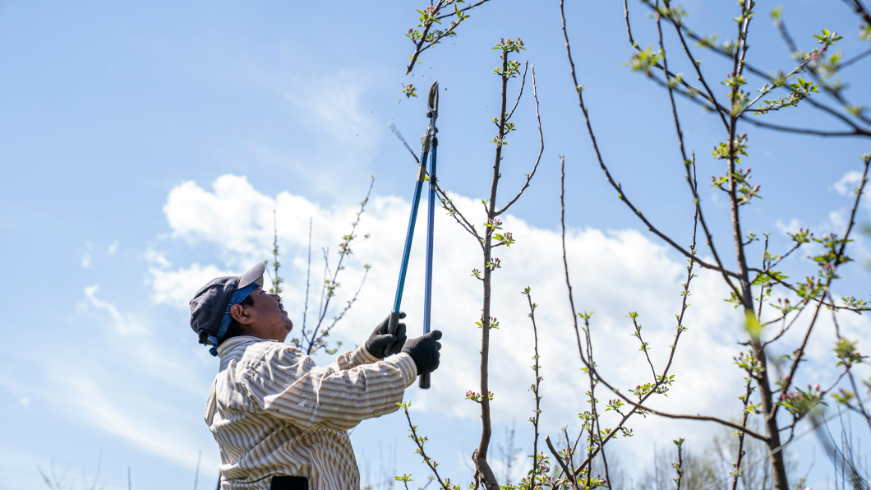
Deciduous trees benefit from a late-winter tidy-up. For one, the trees are dormant, so there’s less sap flow or ‘bleeding’, which helps reduce the risk of disease or pests getting in through fresh cuts. With the leaves gone, it’s also easier to see the tree’s structure and spot any dead or crossing branches that need removing. The same goes for shrubs, making it simpler to cut out any damaged or overcrowded branches.
You might also want to take this chance to remove any diseased wood in trees and shrubs. This allows more air and light to reach the interior, which helps prevent diseases from taking hold.
Snip Wisteria as needed
Wisterias can get a bit unruly if left unchecked. It’s worth giving them a quick snip to keep them in shape and encourage better flowering later on. Cut back any long, unwanted shoots to help direct more energy into the buds that will bloom in spring.
Clean up winter debris
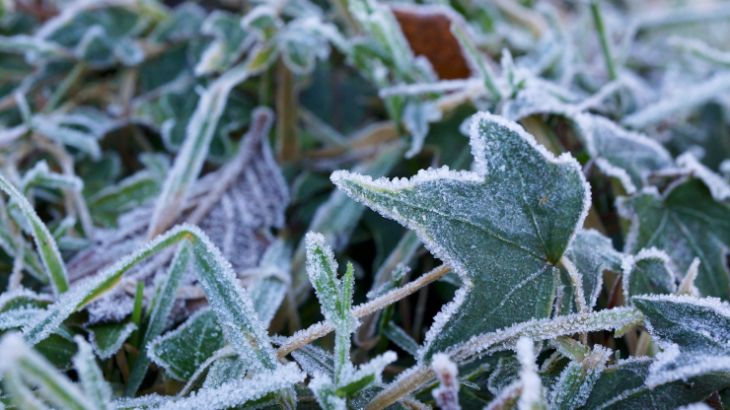
(Image Credit: Wikimedia Commons)
You’ll probably find plenty of leftover debris from winter, like fallen leaves, twigs, and old plant matter. Grab your trusty garden broom and sweep it all up—and don’t forget to clear any accumulated debris from container plants if you’ve got them. If left for too long, they can become hiding spots for slugs and snails.
What to Plant in February
Even if you can’t get outside to plant just yet, you can still get your vegetable garden going indoors—whether it’s in your home, a shed-turned-greenhouse, or a cold frame. How about we start with vegetables:
Chit potatoes
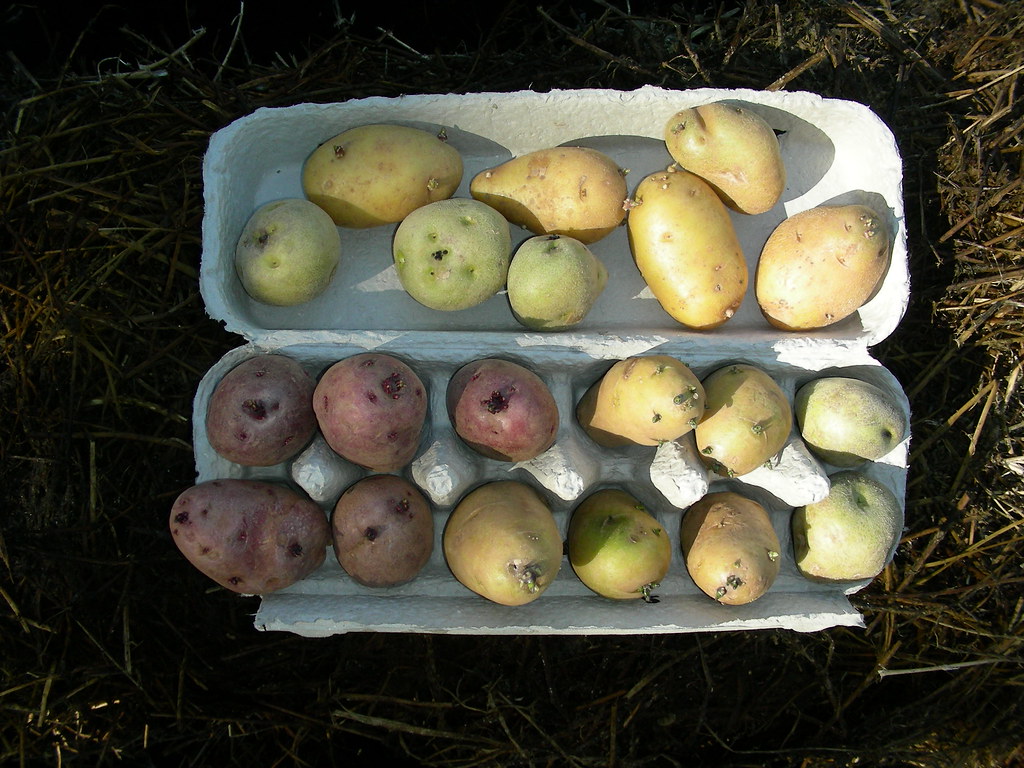
Chitting is a method of placing seed potatoes in a light, frost-free spot in late winter to encourage sprouting. Although it’s not necessary, hitting does give them a head start and be a slightly earlier and bigger harvest than those that haven’t been chitted.
You can do this using egg boxes, placing one seed potato in each compartment. Label them with the date so you’ll know how long they’ve been hitting for. Place them in a light, dry room, on a porch, on a windowsill or in a greenhouse or potting shed if you have one.
Note: Once the soil has warmed up a bit, usually in mid to late March, you can plant the potatoes outdoors. The ideal temperature is around 7°C (45°F).
Kale
Kale can be grown outdoors or in a cold frame, mini hoop tunnel, or greenhouse. It’s easy to grow, even in containers, and can handle cold temperatures down to -10°F (-23°C) without much fuss.
Tuck your cold, hardy kale in the ground in February or early spring. By late autumn, the plants should be full of leaves and ready for winter harvesting.
Broad beans
Sowing several batches of broad beans means you’ll get fresh, tasty beans from early to late summer. Start them in pots under cover from February onwards, then plant them out in spring. You can do this as soon as the soil is workable before the weather warms up.
Tomato & chilli peppers
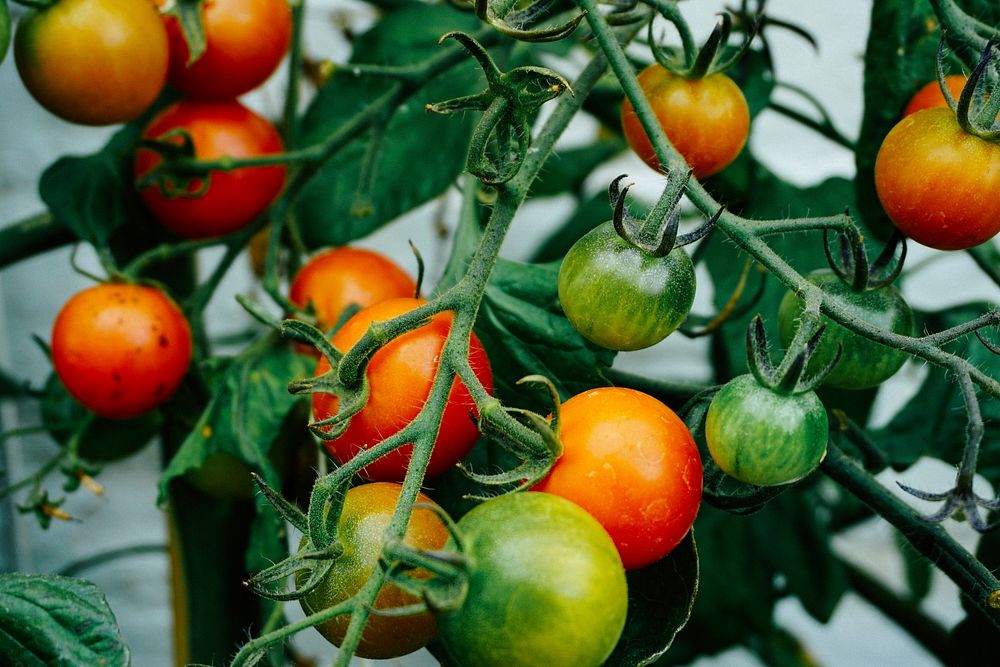
Sow tomatoes and chilli peppers under glass, preferably in a heated propagator, towards the end of the month. If you don’t have a propagator, a sunny windowsill will do. Once they’ve sprouted, turn them from time to time so they grow strong and upright.
Flowers to Start in February
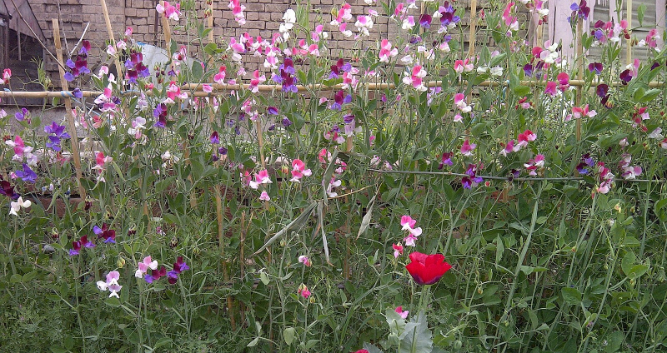
(Image Credit: Wikimedia Commons)
Next up, flowers:
- Sweet peas
- Echinacea
- Dianthus
- Verbena
- Geraniums
- Cosmos
- Japanese anemones
- Salvias
- Agapanthus
- Euphorbias
- Crocus tommasinianus
- Narcissus ‘February Gold’
- Hellebores
Hardy flowers like sweet peas handle the cold better, but the others will need a bit of warmth to get started. We’d recommend starting them under cover, like in a greenhouse, cold frame, or even a sunny windowsill. For geraniums, use a propagator to help with germination if you need to.
If you’re growing your seedlings indoors, get them used to the outside a bit at a time before planting them out in the garden. Be careful when watering, too; let the soil dry out a bit between waterings.
Round-up
February is the perfect time to get started with gardening without having to toil for hours in the hot sun. We hope this list has sparked a few ideas and that these tips will help you get ready for the months ahead.
If you’re looking for a place to keep all your gardening tools in one spot, check out our range of outdoor storage units. For more helpful tips, take a look at our guide: When to Start Planting Outdoors





